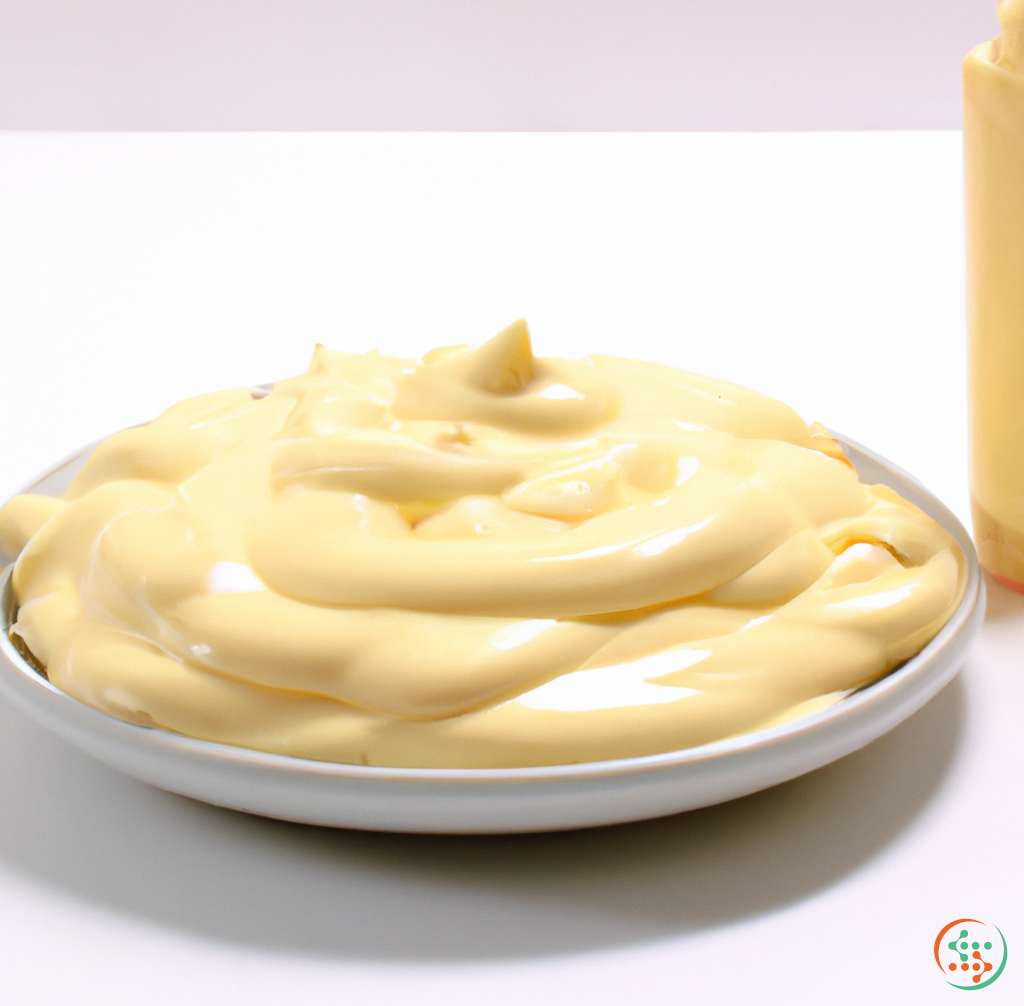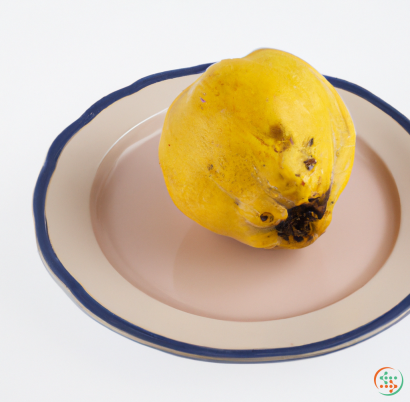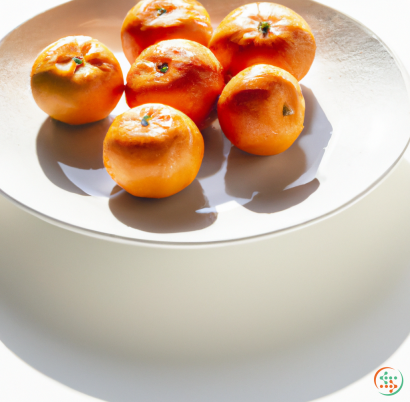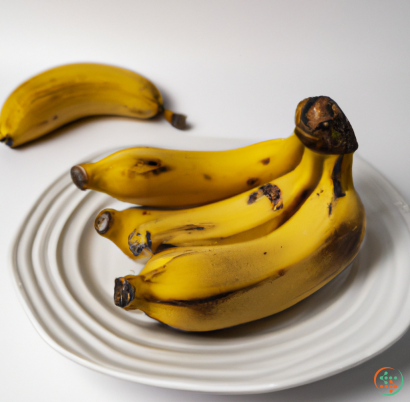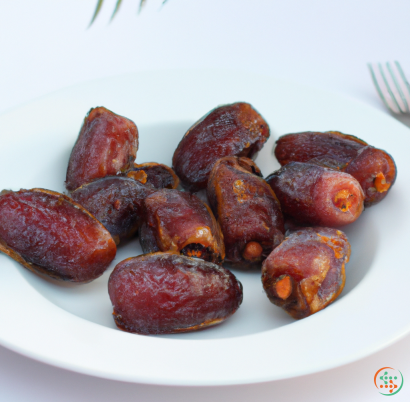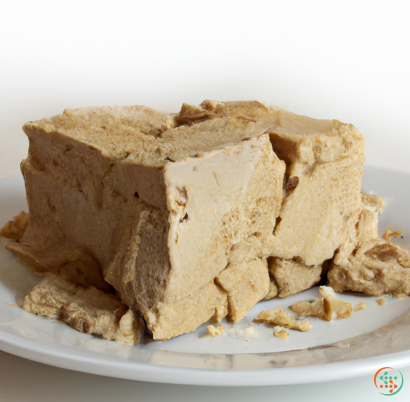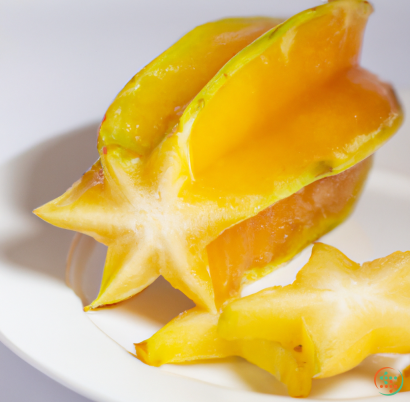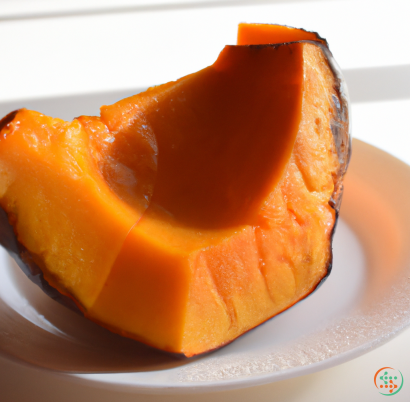Mayonnaise
When someone mentions mayonnaise, most people immediately think of a creamy white condiment that is commonly used on sandwiches and salads. However, there is more to mayonnaise than meets the eye.
Mayonnaise is a cold emulsion of oil, egg yolks, and lemon juice or vinegar. It is an incredibly versatile condiment that can be used as a base in many recipes or as the main star of the dish. Mayonnaise can also be used to bind ingredients together in a variety of ways, adding creaminess, flavor and texture to a dish. Whether you are making a classic BLT sandwich or a luxurious seafood tartar, mayonnaise makes a great addition.
The origin of mayonnaise is shrouded in mystery, but some believe it was created in the 1700's in France and was named after the city of Mahon, which is located in Menorca, one of the Balearic Islands. It is believed that mayonnaise was created by common folk to add extra flavor to their food. Other theories suggest mayonnaise has existed for many centuries before this time.
The most popular variety available on the market today is made with soybean oil, egg yolks, vinegar, sugar, salt and other flavorings. The texture of mayonnaise is creamy and thick, which helps to bind together other ingredients. This makes it popular to use as a condiment or to add creaminess to a variety of dishes such as potato salads and tartar sauces.
Mayonnaise can be used to make a wide variety of dishes such as sandwiches, salads, dips and spreads. When used as a condiment, mayonnaise can be used on almost any type of sandwich, from classic BLT to club sandwich. It can also be used as a dressing for salads, a dip for vegetables, or as a spread on crackers. Mayonnaise can also be used as a base for creamy sauces such as tartar and remoulade.
When it comes to cooking with mayonnaise, the possibilities are endless. People enjoy using mayonnaise to bread meat, poultry and seafood prior to cooking as it helps to lock in moisture and produce a golden, crisp exterior. Mayonnaise can also be used as a marinade for grilling or roasting dishes or as an ingredient of a homemade dressing or marinade to add creaminess.
Despite its versatility, mayonnaise is not the healthiest condiment on the market. Store-bought mayonnaise often contains unhealthy levels of saturated fat and preservatives. To reduce its unhealthy content, opt for a healthier alternative such as low fat mayonnaise or try making your own homemade mayonnaise.
Making your own mayonnaise is simple, although it requires patience and a steady hand. All you need are four simple ingredients: oil, eggs, lemon juice and a pinch of salt. Start by adding these ingredients to a blender, such as a food processor, blender or stick blender. Et the blender running at medium speed for about a minute, then add the oil slowly in a thin stream, while continuously blending the mixture. As the ingredients form an emulsion, the mixture will become thick and creamy - this is the key step! Continue to blend until you have achieved your desired consistency, then you're good to go!
By trying mayonnaise recipes and experimenting with different ingredients, you can create a unique flavor combination that will wow your guests. Be sure to add a bit of finesse to your mayonnaise dishes to create the perfect culinary masterpiece.
Mayonnaise truly is an essential part of any kitchen pantry. Whether you’re using it as a condiment, marinade or as part of a homemade dressing, mayonnaise can elevate the flavor of any dish. Despite its undeniably delicious appeal, be sure to consume mayonnaise in moderation and choose healthier alternatives when possible.
Mayonnaise – a classic condiment that we’ve all grown up with. From its unbelievable pairing with French fries on far-flung summer afternoons, to its classic union with tuna fish on steady Tuesday lunch-breaks, Mayonnaise is one of those rare edible constants which has always been a part of our cuisine. But have you ever wondered what it takes to make Mayonnaise, and how the familiar substance ends up on our dinner plates?
The Nature of Mayonnaise and its Ingredients
At its core, Mayonnaise is an emulsion – a combination of two immiscible liquids, such as oil and water, which have been forced together. Emulsions are stabilized by the use of an emulsifier, which in the case of Mayonnaise is either an egg, or a combination of egg and acid. Emulsifying ingredients can also include mustard, garlic, lemon juice, and other spices and seasonings. In addition, thickeners are often added to achieve a preferred texture.
At its most basic, making Mayonnaise involves introducing an egg yolk and oil slowly, while vigorously whisking the ingredients to form a smooth and creamy blend. In order to facilitate the formation of an emulsion, it is critical that the ingredients are combined gradually, rather than all at once.
Ordinarily, it takes a strong and stable emulsifier, as well as vigorous whisking and introduction of the oil, to create a perfect Mayonnaise. However, recently, there have been several advancements in laboratory technologies, making it possible to produce an all-natural Mayonnaise which uses only a single, non-chemical emulsifier and a fraction of the time required to make one by hand.
The Manufacturing Process
The production of Mayonnaise typically begins with the extraction of oil from a vegetable source. This is done via mechanical pressing, where pressure is applied to the seeds to extract their oil. The resulting oil is then refined using a filtration and solvent-extraction process.
Next, the egg yolks are separated from the whites and stored for use in the Mayonnaise recipe. Afterward, egg yolks and oil are blended together in a set ratio, along with other condiments such as garlic, mustard, lemon juice, and so forth. The mixture is then sent through a mixer, where it is agitated gently to form an emulsion.
Finally, the mixture is chilled and ready for packaging. The mayonnaise is then hot-filled into jars or pumped into preformed plastic containers, and cooled to perfect a creamy consistency.
At this point, the Mayonnaise is labeled and ready for shipping to grocery stores and supermarkets, ready to be placed on shelves and purchased by customers.
Transportation & Distribution
Once manufacturing is complete and the Mayonnaise is ready for shipping, it is placed in containers and sent to warehouses, which are then distributed to connecting points of transportation. The dynamics of distribution vary—in some cases, a truck may be used for transport, while larger shipments may be delivered by plane.
In any case, the transportation process is important for ensuring peak quality of the Mayonnaise upon arrival at the supermarkets and grocery stores. For this reason, temperature-controlled vehicles and storage units are commonly used to maintain the desired temperature of the product throughout transportation.
The Mayonnaise then reaches the retailers, who place the product on its shelves for purchase. At this point, you, the consumer, can find the Mayonnaise which originates from the manufacturing process, waiting to be brought home and used in your very own kitchen.
Conclusion
From seed to shelf, making a single jar of Mayonnaise is no small feat. The process requires precision and carefully timed activites in order to create the perfect emulsion, yielding a product that is creamy and delicious, and sure to stand up to the most discerning of taste-buds. Every time you reach for a jar of this familiar condiment, take a moment to appreciate the intricate process that its journey entailed, from the mixing and blending, to the packaging and transportation. Now it’s all up to you – what will you use your Mayonnaise with?
| Vitamin A | 0.016 mg | |
| Beta-Carotene | 0.006 mg | |
| Vitamin D | 0.2 ug | |
| Vitamin E | 0.00328 grams | |
| Vitamin K | 0.163 mg | |
| Vitamin B1 | 0.01 mg | |
| Vitamin B2 | 0.02 mg | |
| Vitamin B4 | 0.0342 grams | |
| Vitamin B5 | 0.17 mg | |
| Vitamin B6 | 0.01 mg | |
| Vitamin B9 | 0.005 mg | |
| Vitamin B12 | 0.12 ug |
| Calcium | 0.008 grams |
Daily Value 1.3 g
|
| Iron | 0.21 mg |
Daily Value 0.018 g
|
| Magnesium | 0.001 grams |
Daily Value 0.4 g
|
| Phosphorus | 0.021 grams |
Daily Value 1.25 g
|
| Potassium | 0.02 grams |
Daily Value 4.7 g
|
| Sodium | 0.635 grams |
Daily Value 2.3 g
|
| Zinc | 0.15 mg |
Daily Value 0.011 g
|
| Copper | 0.02 mg |
Daily Value 0.9 mg
|
| Manganese | 0.01 mg |
Daily Value 0.0023 g
|
| Selenium | 0.0023 mg |
Daily Value 0.055 mg
|
| Tryptophan | 0.017 grams | |
| Threonine | 0.055 grams | |
| Isoleucine | 0.065 grams | |
| Leucine | 0.095 grams | |
| Lysine | 0.072 grams | |
| Methionine | 0.035 grams | |
| Cystine | 0.023 grams | |
| Phenylalanine | 0.057 grams | |
| Tyrosine | 0.046 grams | |
| Valine | 0.074 grams | |
| Arginine | 0.072 grams | |
| Histidine | 0.026 grams | |
| Alanine | 0.061 grams | |
| Aspartic Acid | 0.094 grams | |
| Glutamic Acid | 0.143 grams | |
| Glycine | 0.037 grams | |
| Proline | 0.044 grams | |
| Serine | 0.088 grams |
| Glucose | 0.04 grams |
|
| Fructose | 0.05 grams |
|
| Sucrose | 0.48 grams |
|
| Total Sugars | 0.6 grams |
per 100g
|
| Myristic acid (14:0) | 0.06 grams |
|
| Palmitic acid (16:0) | 7.91 grams |
|
| Stearic acid (18:0) | 3.1 grams |
|
| Arachidic acid (20:0) | 0.23 grams |
|
| Behenic acid (22:0) | 0.24 grams |
|
| Lignoceric acid (24:0) | 0.08 grams |
|
| Total Saturated fatty acids: | 11.62 g | |
| Erucic acid (22:1) | 0.02 grams |
|
| Oleic acid (18:1) | 16.46 grams |
|
| Palmitoleic acid (16:1) | 0.09 grams |
|
| Gadoleic acid (20:1) | 0.24 grams |
|
| Total Monounsaturated fatty acids: | 16.81 g | |
| Omega-6 Eicosadienoic acid (20:2) | 0.03 grams |
|
| Omega-6 Gamma-linolenic acid (18:3) | 0.13 grams |
|
| Omega-3 Alpha-linolenic acid (18:3) | 5.33 grams |
|
| Linolenic acid (18:3) | 5.46 grams |
|
| Linoleic acid (18:2) | 39.15 grams |
|
| Total Polyunsaturated fatty acids: | 50.1 g | |
| Cholesterol | 0.04 grams |
|
| Stigmasterol | 0.04 grams |
|
| Campesterol | 0.04 grams |
|
| Beta-sitosterol | 0.1 grams |
|
| Total Sterols: | 0.22 g | |
| Trans-monoenoic fatty acids | 0.04 grams |
|
| Total Trans fat: | 0.04 g | |
